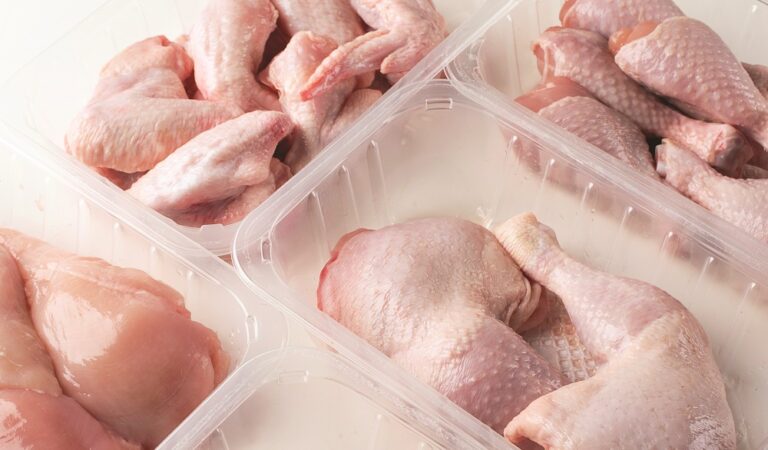The pandemic will continue to shake international poultry markets for the next six months. But it will also lead to some permanent changes.
2020 has been a volatile year in the global poultry industry, with huge disruption to the foodservice and wholesale markets, and increased demand from retail.
This volatility likely to continue for at least the next six months, but the COVID-19 pandemic will also lead to more permanent changes. There will be a permanent shift to more online grocery shopping, with Tesco predicting demand will be up to 1.8 million shops per week by the end of the year, compared to 600,000 in January. In addition, the breakthrough of remote working will change poultry markets forever, with foodservice outlets catering to office workers becoming redundant.
European poultry markets have been disrupted like never before with foodservice demand down 40% in 2020 compared to 2019. Predicted sales for 2021 by Rabobank show foodservice sales will be down 10% compared to 2019.
Across Europe, the sudden drop in demand through foodservice led to a sharp drop in prices. There are still big challenges in balancing supply and demand. The gradual easing of restrictions since July led to some increase in foodservice demand, although it is still down significantly.
The forthcoming recession is likely to benefit sales of poultrymeat and eggs, as consumers trade down from more expensive proteins.
Remote working here to stay
According to Nan-Dirk Mulder, senior analyst of animal protein at Rabobank, across Europe, COVID- will push structural change in the poultry industry in Europe, and the shift from out-of-home to at home will to some extent remain permanent.
In a recent AVEC webinar, Mulder said the shift to remote working will alter the poultry market forever with 75% of companies surveyed saying some staff would continue to work remotely. This will drive a permanent shift away from the food-to-go market, lunchtime restaurants, and into fresh, premium products.
African Swine Fever drives poultry consumption
Over the whole year, there is likely to be a slight increase in global poultry production (+0.8% YOY). This is the result of poultry expansion in China and Vietnam – where African swine fever (ASF) has reduced pork availability – and also from expansion in the US.
The rest of the world will be operating in an environment of shrinking production. There is a global shift from foodservice to retail, benefiting retail-focused companies.
Global trade is very competitive and volatile, with most import markets reducing volumes. “Trade into ASF-affected markets like China, the Philippines, and Vietnam has become more important, and this raises risks as local production recovers.
“Exporters like Brazil, the US, and Russia are focused on China, with export volumes expanding quickly, but with price concessions,” according to Mulder. Prices are highly pressured for all cuts, especially breast meat, legs, and feet.
“Balancing local supply with volatile demand will be the big challenge for global producers, and the experience so far this year shows how difficult this is,” says Mulder.
Differences in expected poultry production growth are bigger than ever, ranging from 15% growth in China to 5% in Vietnam, contrasting with -8% in Thailand and more than -10% in India.
Rabobank Outlook for 2020/early 2021: highly volatile and price-driven market conditions
| US: Oversupply to pressure prices
Ÿ 20% lower composite broiler prices, legs -42% Ÿ Tough export markets, China key growth market Ÿ Production to stay high (+1.5% full year) |
Brazil: Rising China dependence
Ÿ Reduced supply helped prices to recover Ÿ Exports more focused on China Ÿ Higher feed prices challenge industry |
| Europe: Rebalancing supply/demand challenge
Ÿ Ongoing but improving food service demand Ÿ 1H: imports -12%, exports -8% Ÿ Volatility in poultry placements, high stock levels |
China: Fast growing poultry supply, low prices
Ÿ Domestic production to rise 15% in 2020 Ÿ Imports Jan-Jul already higher than for FY 2019 Ÿ Low prices for live broilers and imported poultry |


